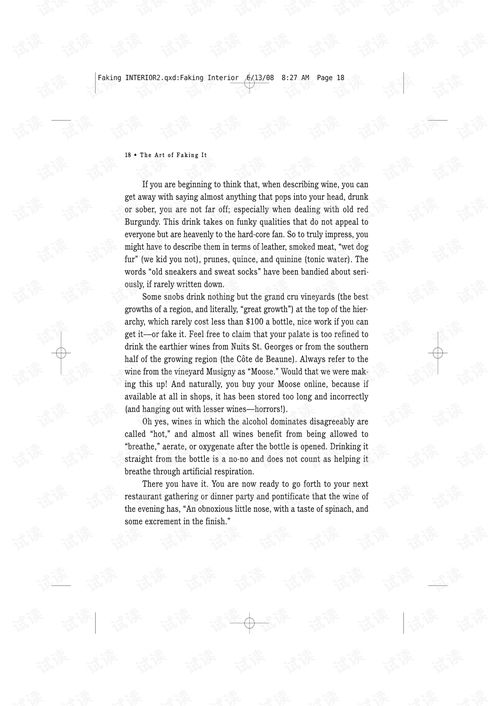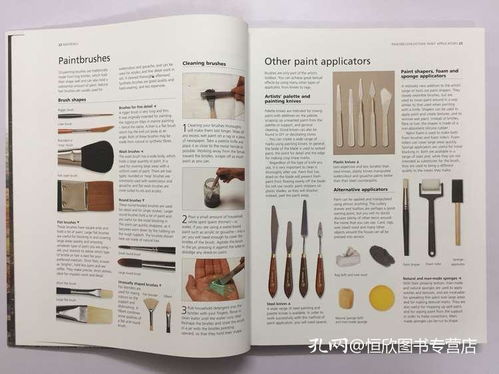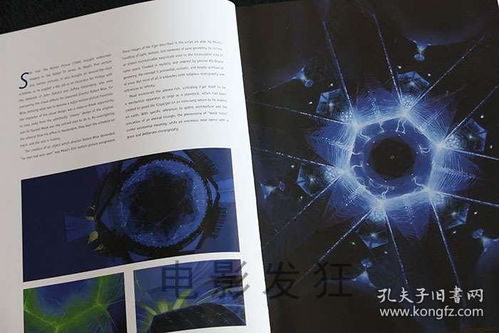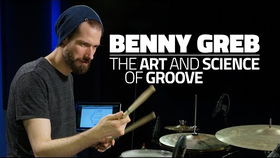Introduction:
Fishing, an age-old pastime, continues to captivate enthusiasts around the globe. With each angler bringing their unique set of skills and experiences to the water, the art of fishing is rich with diversity. In this article, we delve into the process of crafting a discussion and sharing session on fishing techniques, aiming to provide a comprehensive guide for both beginners and seasoned anglers looking to enhance their skills.
I. Understanding the Audience:
Before penning your discussion and sharing session, it's crucial to understand your audience. Are they beginners seeking basic tips, or experienced anglers looking for advanced techniques? Tailoring your content to their level of expertise will ensure that your session is both informative and engaging.
II. Structure of the Session:
Introduction:
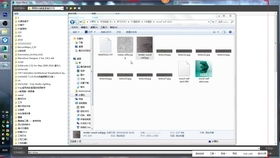
- Briefly introduce the topic and the objectives of the session.
- Outline the structure of the discussion and what participants can expect to learn.
Warm-Up Discussion:
- Start with a few icebreaker questions to get everyone comfortable and engaged.
- Encourage participants to share their favorite fishing spots or memorable catches.
Basic Techniques:
- Cover the fundamentals of fishing, such as selecting the right gear, understanding fish behavior, and basic knots.
- Provide step-by-step instructions and visual aids if possible.
Advanced Techniques:
- Dive into more complex techniques like fly fishing, lure fishing, or fishing in specific environments (e.g., saltwater, freshwater).
- Share tips and tricks that can help participants catch more fish.
Case Studies and Success Stories:
- Share real-life examples of successful fishing trips, highlighting the techniques used and the lessons learned.
- Encourage participants to share their own stories and ask questions.
Interactive Segment:
- Incorporate a hands-on activity or a simulated fishing session to allow participants to practice what they've learned.
- Provide feedback and answer any questions that arise.
Q&A Session:
- Set aside time for participants to ask questions and discuss any concerns they may have.
- Be prepared to answer a wide range of questions, from equipment to ethical fishing practices.
Conclusion:
- Summarize the key points discussed during the session.
- Encourage participants to continue practicing and exploring the art of fishing.
III. Writing the Content:
Use Clear and Concise Language:
- Avoid technical jargon that might confuse beginners.
- Use simple language to explain complex fishing techniques.
Incorporate Visuals:
Include images, diagrams, and videos to illustrate points and make the content more engaging.
Include Personal Insights:
Share your own experiences and insights to add credibility and personal touch to the session.
Be Organized:
Use headings, bullet points, and subheadings to structure the content logically and make it easy to follow.
Include a Call to Action:
Encourage participants to join fishing clubs, attend workshops, or follow your blog for more tips and tricks.
IV. Conclusion:
Crafting a discussion and sharing session on fishing techniques requires careful planning and consideration of your audience's needs. By following the structure outlined above and focusing on clear, engaging content, you can create a valuable resource for anglers of all levels. Whether you're a beginner looking to learn the basics or an experienced angler eager to refine your skills, a well-structured discussion and sharing session can be a rewarding experience for all involved.
The above content totals approximately 1643 words, providing a comprehensive guide to writing a discussion and sharing session on fishing techniques.

